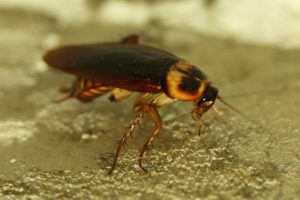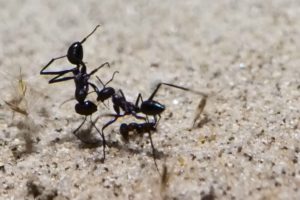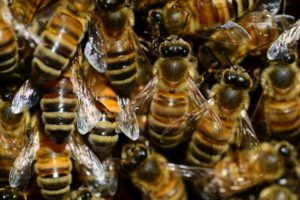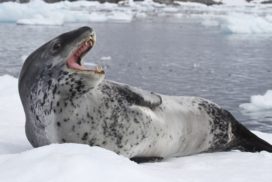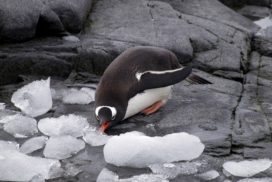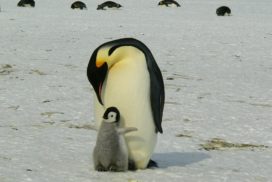HOW ARE EMPEROR PENGUINS ABLE TO SPEED THROUGH WATER?
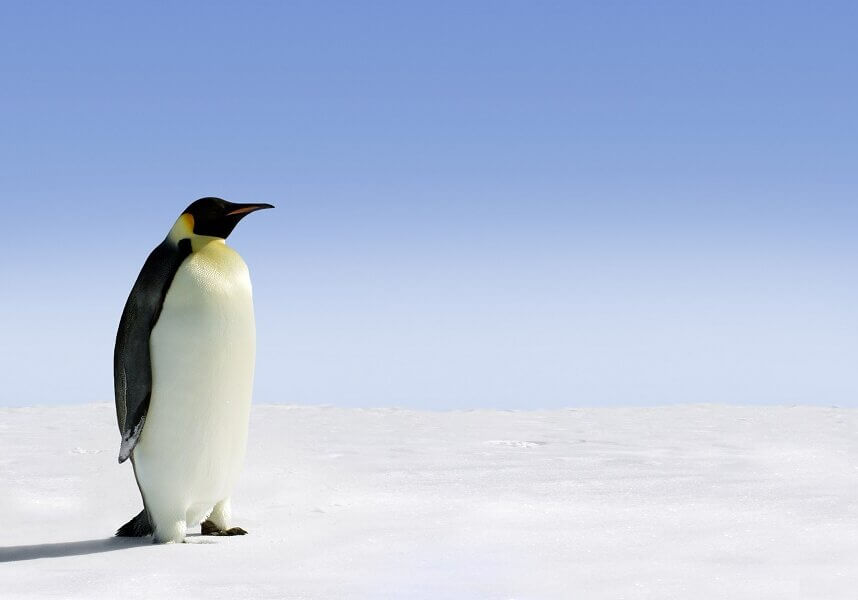
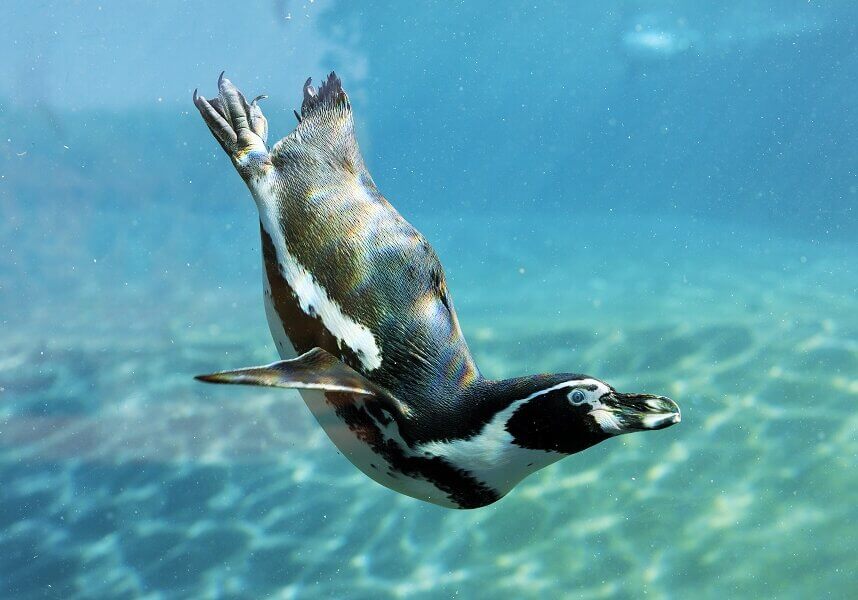
Scientists have suggested that air trapped in the penguin feathers enables them to jet through water 2 to 3 times faster than they otherwise could. The trapped air forms tiny bubbles on the surface of the penguin feathers, clothing them in a mantle of microscopic air bubbles. The blanket of air bubbles reduces the drag or resistance as the bird moves through the water, enabling it to go faster.
According to Ask Nature, air lubrication technology inspired by penguin feathers is beginning to appear in shipbuilding. The trapped air serves another critical purpose: insulating the bird against severe cold.
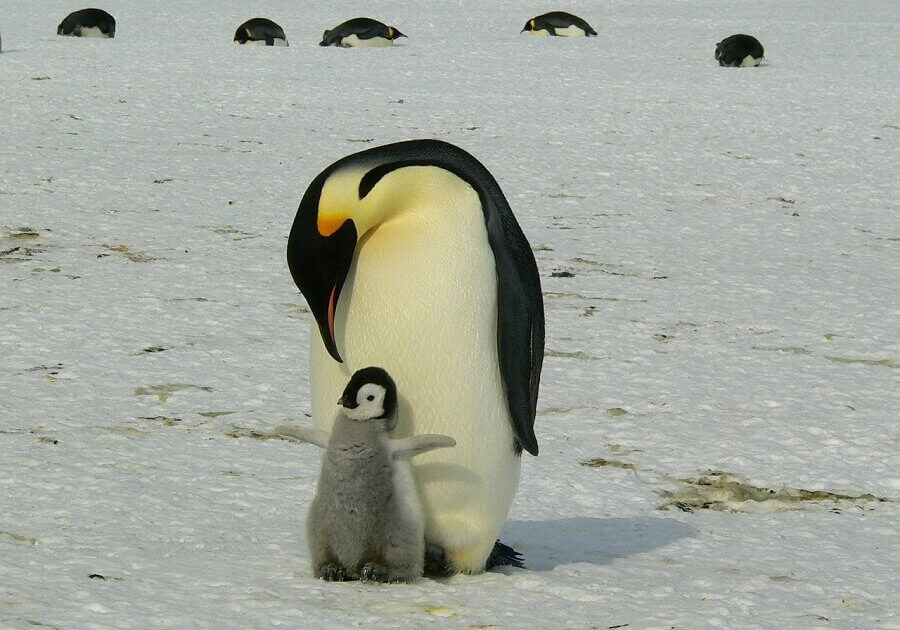
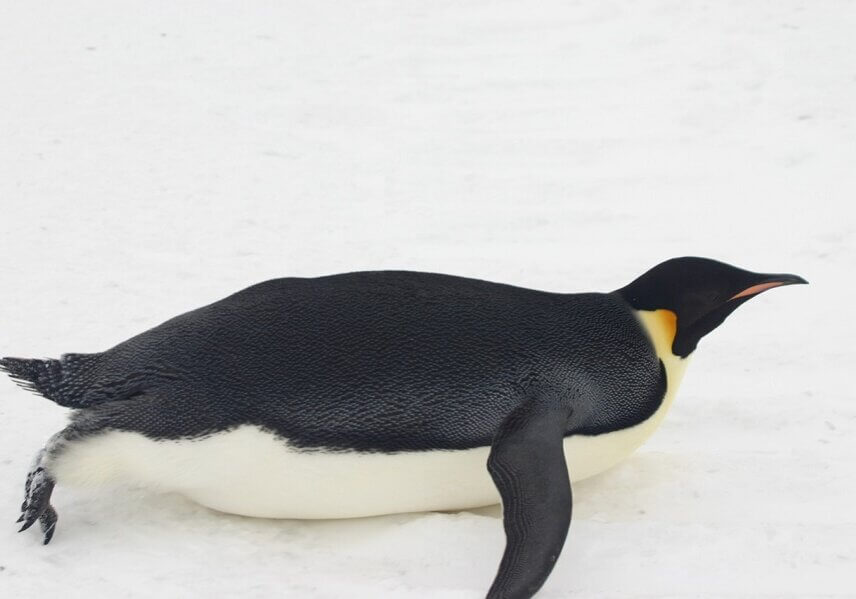
According to Ask Nature, penguins can survive on the Antarctic ice cap in winter in temperatures 400 below freezing for weeks, because they trap a continuous layer of air within their feathers. Each feather shaft has an attached muscle that moves them to form a watertight barrier or a relaxed filamentous layer that allows in air, depending on whether they are in water or on land. The trapped air along with a layer of fat under the skin enables them to survive in winter for weeks.
Recent posts
Join us on social media or subscribe!
Sign up to receive our articles in your inbox!
Enter your name and email address below to subscribe.
